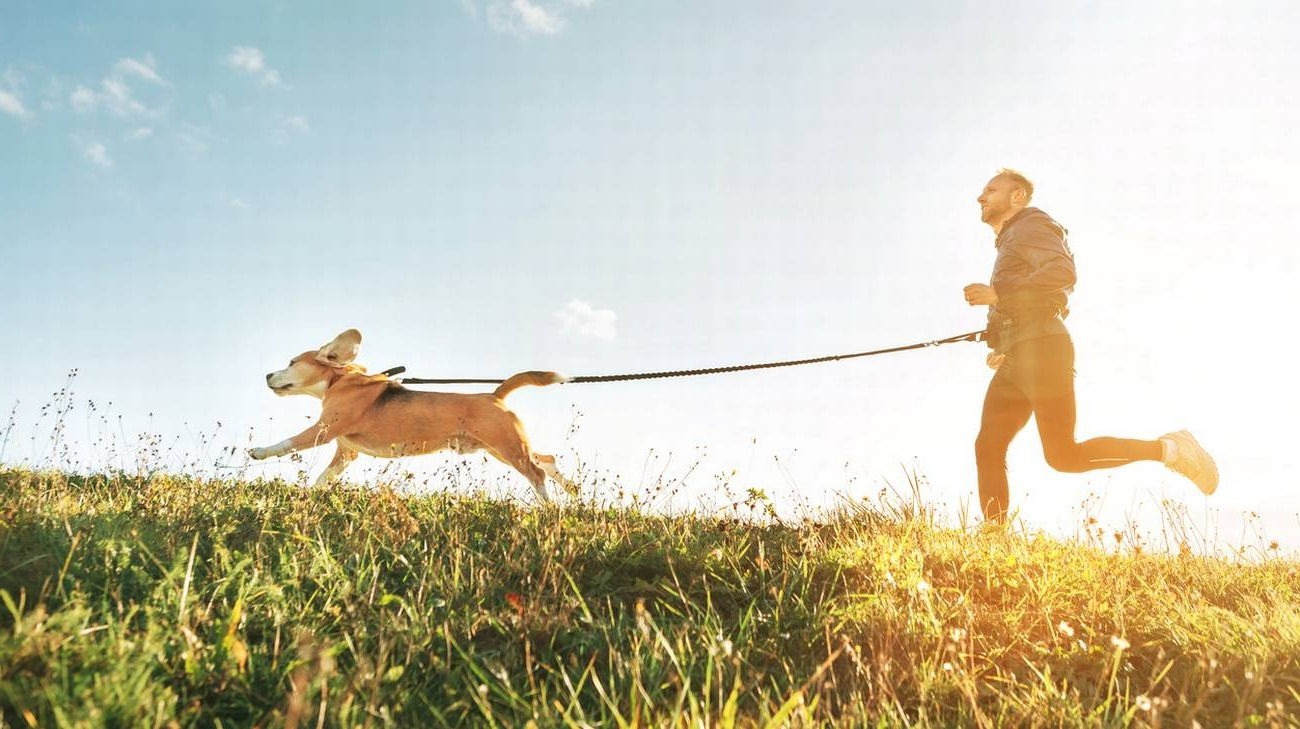top of page

FAQ
-
What age can I start running my dog?Puppies (especially large breeds) grow a lot in their first year, and running them too soon can be harmful and they should not engage in forced exercise before their bodies have had the chance to mature. View more specific information about the type of breed you own.
-
When do I feed my dog?If you are running in the morning, it is best to wait to feed your dog until after you return from your run. It is especially important to be conscientious not to feed deep chested dogs prior to or during a run (or intensive exercise) because they may fall victim to bloat or GDV (Gastric Dilatation-Volvulus). If you prefer to venture out in the afternoon or evening for a run with your dog, this is somewhat 'riskier' since according to PetMD, the canine digestive system takes anywhere from 8 to 10 hours to digest a meal fully, but it can take as long as 12 or as quick as 4 depending on your dog’s breed and the type of food consumed. Read more.
-
How often will my dog need a drink?You are the best judge of when you think it may be time to stop for a water break and the frequency will also depend on the weather and intensity of your run. If you are still learning your dog’s behaviour, then try to stop every ten minutes until you can get a better gauge of your dogs thirst. Visit 'Water Breaks'.
-
What is the best way to start running together?Once you have gone through our checklist and if you dog has an empty tummy, you can start your first adventure out on a soft surface such as your local footy oval. This will allow you and your dog to get comfortable with one another. Be prepared for your first run together potentially not going to plan the first time round, but we are confident that it will improve over time as your dog learns your body language and as you begin to read their movements.
-
Can you run with more than one dog?Enter your answer here
-
Does my dog need a harness?Ensuring your dog is comfortable during your exercise is paramount. You don't have to use a harness however we feell that harnesses are better at distributing any pull or strain that your dog may feel on the other end of the leash. When you separate your running equipment from your every day walking gear your dog will notice the difference and will quickly come to recognise that they aren't just going for their normal 'walkies'. This also helps with their toilet and warm up routine before you set out.
-
Will my dogs paws be ok?Consider the surfaces you plan on running on carefully. Although dogs have much tougher feet than us, their pads can be easily injured by hot surfaces. It's best to run with your dog on a variety of surfaces and where possible, to always choose a trail or grassy soft surface over a hard one. As well as being hard, pavements, asphalt, wood, metal and sand all absorb heat from the sun and retain it for hours afterwards – even after the sun has gone down. We recommend you adopt a cool down routine which encompasses checking their feet after your run, and we also recommend you consider dog booties or barrier wax for their pads (depending on where you intend on running & the duration).
-
Does my dog need a harness if I am running with him/her?No, not necessarily. This somewhat comes down to personal preference as well as the training level your dog is at. The benefits of a harness is that there is no strain on your dogs neck if they like to lead and/or pull and they cannot slip out of it like they may be able to with certain collars. A harness distributes any pressure across a much larger and less sensitive body area in the chest and flank, compared to the alternatives where pressure is concentrated in the neck or face. Before you use a single attachment harness we recommend (just as we do before you start running with your dog), that your dog be able to walk at a comfortable 'heel'. Harnesses with a singular rear attachment also help to keep the lead further back from their feet so there is less of a chance of tangles. The downsides to this type of harness is that it may promote pulling. If this occurs then consider a harness with at least two connection points, one on the chest and the other on the back, then connect to each of these with a splitter. Many of our runners use a martingale or head collar or just a general collar. The key to whatever you decided to use is to differentiate the type of equipment you use for your runs vs. your walks. Refer to our equipment page to view member recommended running equipment.
-
More FAQ Coming Soon!We'll be back soon to finish this section soon and are probably out on a run (or two or three!) ; )
bottom of page
